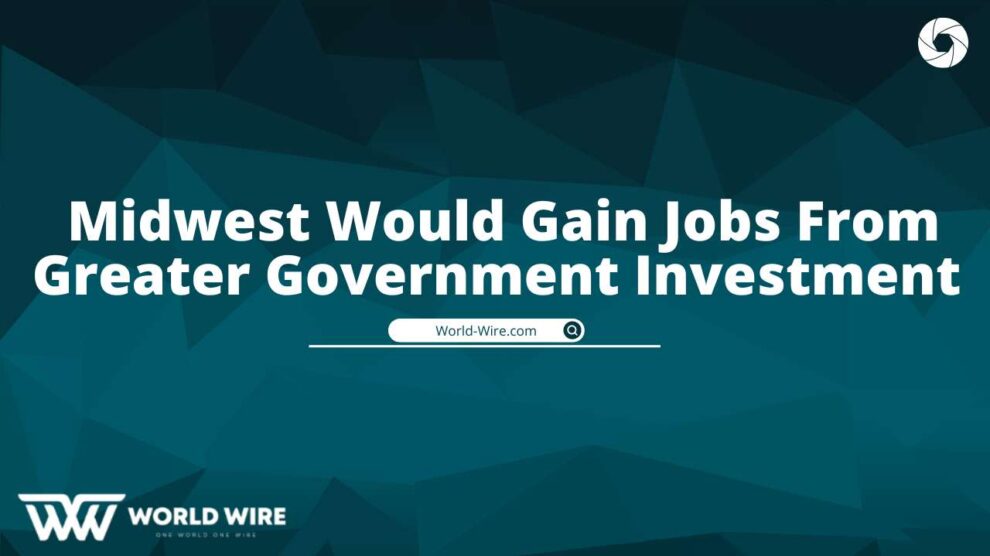According to a new report released today, increasing government investment in conventional and environmentally friendly transit bus systems will create high-quality manufacturing jobs, especially in states where unemployment rates are double-digit, as well as significantly reduce car-related global warming pollution.
There are four high-unemployment states: California (12.2%), Indiana (10%), Michigan (15.3%), and Ohio (10.1%). Currently, Congress is discussing renewing the federal transportation bill, which provides funds to purchase equipment for local bus systems. Congress extended the current transportation bill until the end of this month, and it is expected to be extended longer as they continue to work on a new bill. The current transportation bill expired in September, but it has been extended until later this month.
According to the study, U.S. transportation policy favors highway spending while deemphasizing public transit, so bus orders are small and sporadic, preventing the bus industry from growing. The study concludes that, with a clear commitment to public transit on the part of federal, state, and local governments, the country will have the manufacturing capability to meet the resulting increased transit bus demand.
As the 12th installment of Duke University’s series, “Manufacturing Climate Solutions: Carbon-Reducing Technologies and U.S. Jobs,” the study titled “Public Transit Buses: A Green Choice Gets Greener” was sponsored by the Environmental Defense Fund and prepared by Duke University researchers.
Even though U.S. bus manufacturers are unable to compete on international markets due to domestic uncertainty about transit funding, the study indicates that U.S. manufacturers have nonetheless established themselves as global leaders in hybrid bus manufacturing. Despite this, European firms are catching up rapidly, largely due to their governments’ long-term commitment to public transportation.
It has a significant refueling infrastructure for compressed natural gas (CNG), with CNG pipelines connecting the entire continental United States, and was a leader in the development of compressed natural gas (CNG) transit buses, the most common green bus worldwide. The Los Angeles Transit Authority operates 2,200 CNG buses, or 88 percent of its fleet, and is one of many bus fleets across the United States that utilize CNG. US green bus options are rapidly shifting from CNG to diesel-electric hybrid buses.
Currently, hydrogen-electric hybrids are being tested in California at Sunline Transit, Santa Barbara Valley Transit Authority, AC Transit, and CTTRANSIT. Foothills Transit Agency, which will operate in San Gabriel and Pomona Valleys of California, will have the infrastructure in place by June 2010 by the company, which is developing an electric hybrid transit bus. Four more cities will follow later.
Many US states have manufacturing facilities for transit buses and components, including Indiana, Michigan, Ohio and Pennsylvania, which have the highest concentrations.
It is important for manufacturers to maintain a leadership position during the recovery period and beyond, especially in the motor vehicle industry, since many of these jobs are in Midwestern states deeply affected by the recession. A research associate at Duke University’s Center for Globalization, Governance & Competitiveness, Marcy Lowe wrote the study, which was led by her. According to the report, many of these transit jobs are high-quality, long-term jobs.
In addition to providing commuters with an alternative to single-passenger vehicles, transit has been identified as an important component of reducing air pollution and global warming emissions.
In addition to being good for the environment, transit investment is also beneficial to American manufacturers and jobs, according to Kathryn Phillips, a Sacramento-based transportation policy expert.
Founder and director of Transportation for America, James Corless, said a 21st century transportation policy must be smarter, safer, cleaner, and provide more options. As we strive to achieve this new direction, investing in green transit will create well-paying American jobs.
Almost six million commuters used public transportation in 2004 to go to work, but 6.8 million in 2007. Even though official figures aren’t yet available, public transit use increased sharply in 2008 when gasoline prices skyrocketed. More than 40 percent of all transit passenger miles are carried by buses in the U.S.
As transit demand continues to grow, bus orders may increase and become more consistent. The current economic recession, however, has exacerbated the inherent constraint of public funding of bus transit, which is heavily dependent on domestic demand. In the United States, bus manufacturers mostly make built-to-order models.
According to the report, public transit spending is not sufficiently steady or reliable to facilitate industry growth. When funding levels fall and demand is already satisfied, firms might receive increased orders only to see them fall in subsequent years. In many agencies, a 20 percent funding match is no longer required by federal financing formulas.
According to Phillips, increasing government investments in bus transit systems could provide economic and environmental benefits similar to the Works Progress Administration of our generation. In this tough economic climate, we have the opportunity to create new manufacturing jobs and reduce greenhouse gas emissions. We just need the political will to do it.”







Add Comment